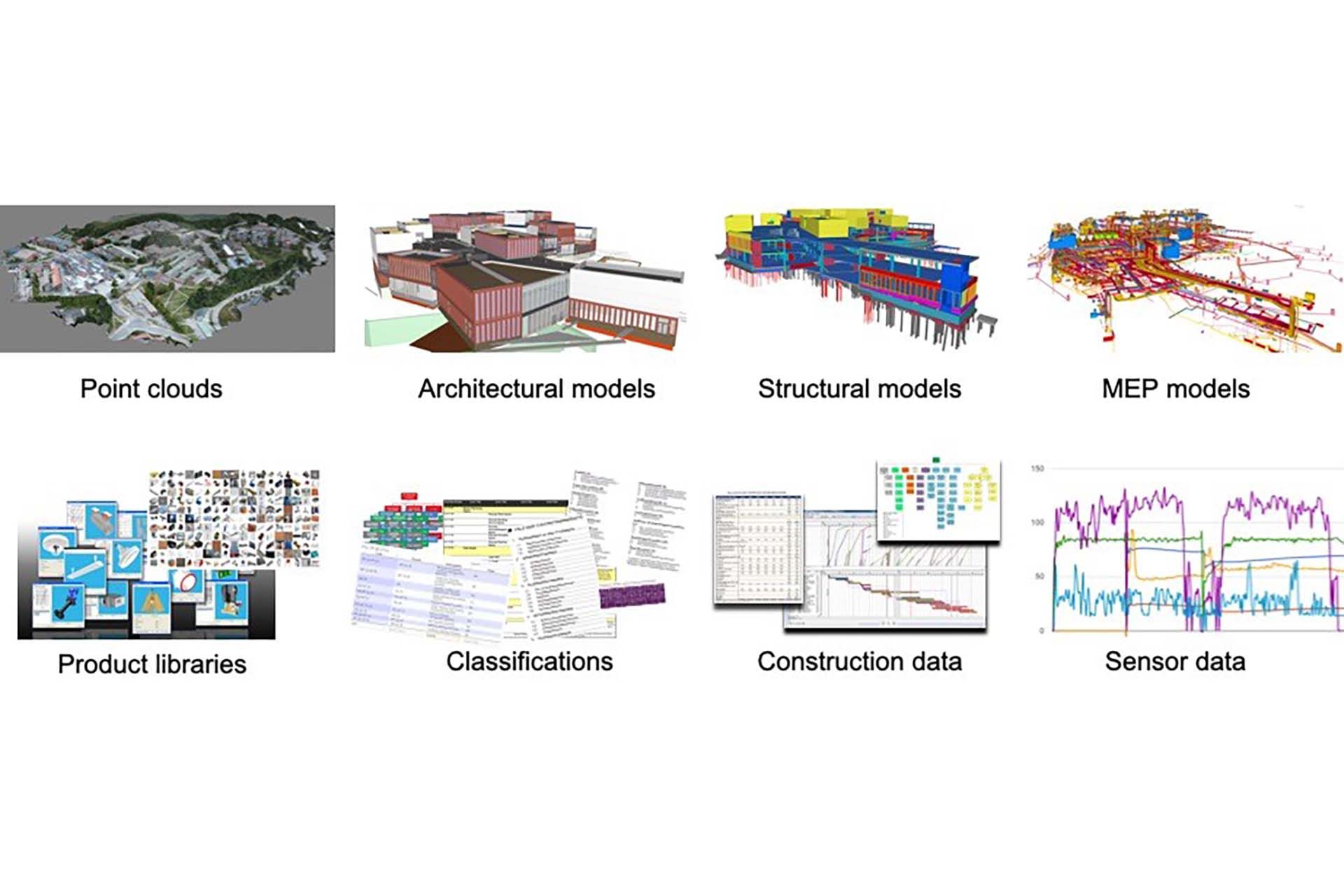Accurate and efficient renovation projects require better management and utilization of information about existing buildings, objectives of renovation, designs of end results and performance of the building construction plans, and progress of execution. BIM4EEB uses the Linked Data approach as a glue between different data sources at technical and syntactic levels to make data interlinked and accessible. Adapting the Linked Data approach at the semantic level to renovation domain, through the identification and development of appropriate vocabularies is one of the goals of WP3. The first task introduces the overall Linked Data framework, outlines the vocabulary requirements in the renovation domain, analyses existing ontologies covering specific areas of the required vocabulary, and identifies gaps where new ontologies should be developed, or existing ones extended or refined. To facilitate the shared ontology work, it also specifies the tools and practices for ontology development, publication and documentation are specified. In the following tasks, documents’ scope is to provide extensions of the BIM standard ontologies by properly refining relevant ontologies referring to occupants’ behaviours and comfort, energy performance of systems and components, and acoustics. Also an ontology for BIM data representation on different levels of detail corresponding to renovation process modelling will be delivered. An ontology for renovation workflows will make it possible to represent the connection between activities and domain entities that can be directly observed, thus paving a way to systems that can maintain in real-time situational awareness about the renovation process. The development and harmonization of ontologies proposed by BIM4EEB partners will be discussed in CEN Technical Committee 442 to start working on a European standard on Linked Data for the AEC sector.
 BIM4EEB
BIM4EEB